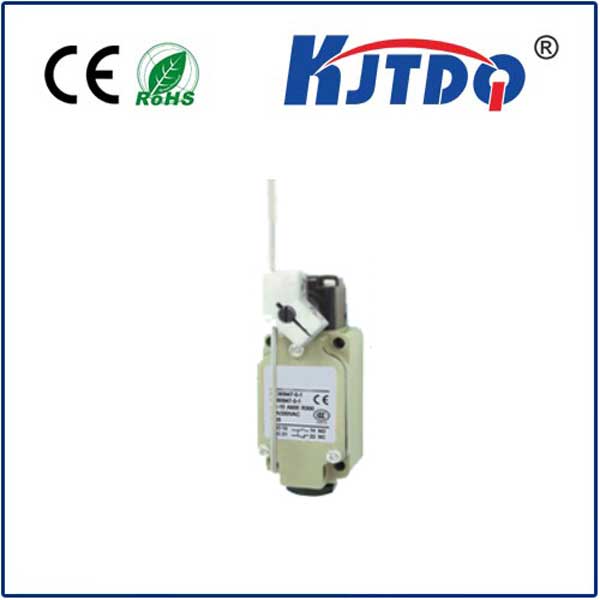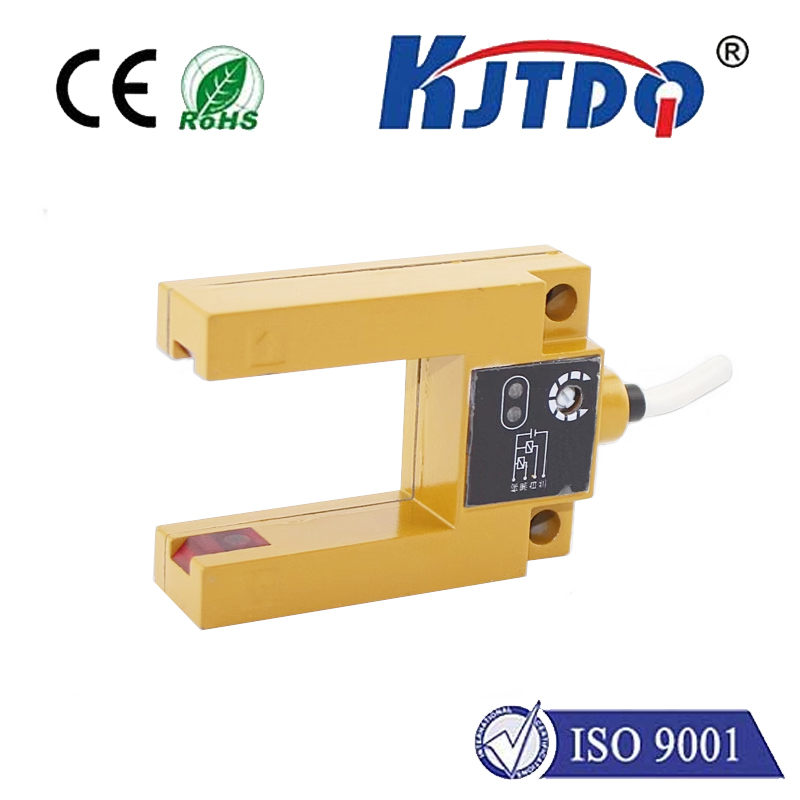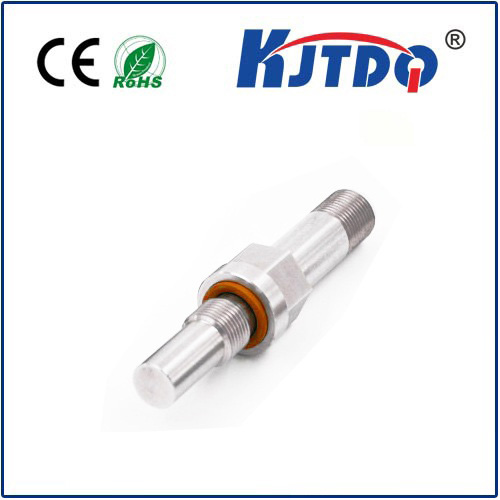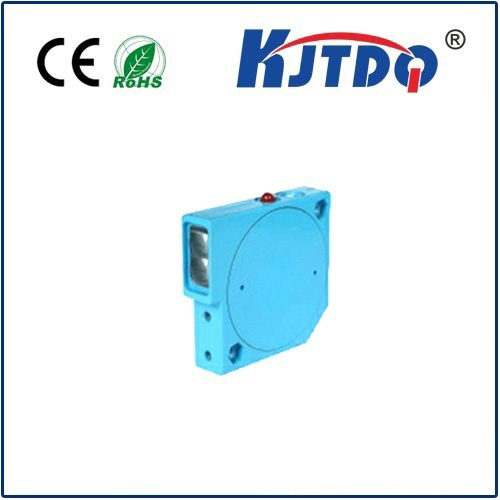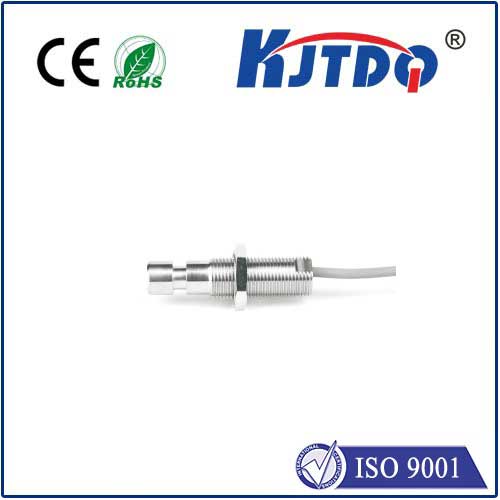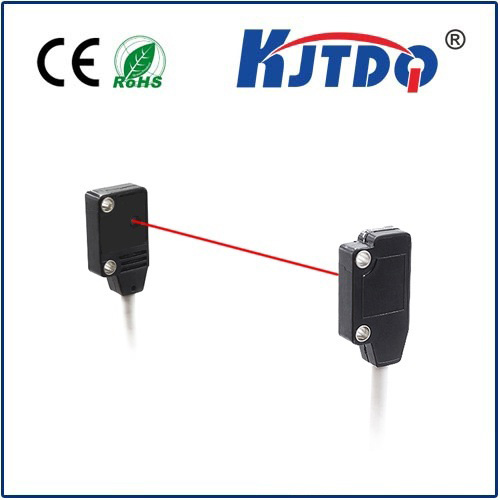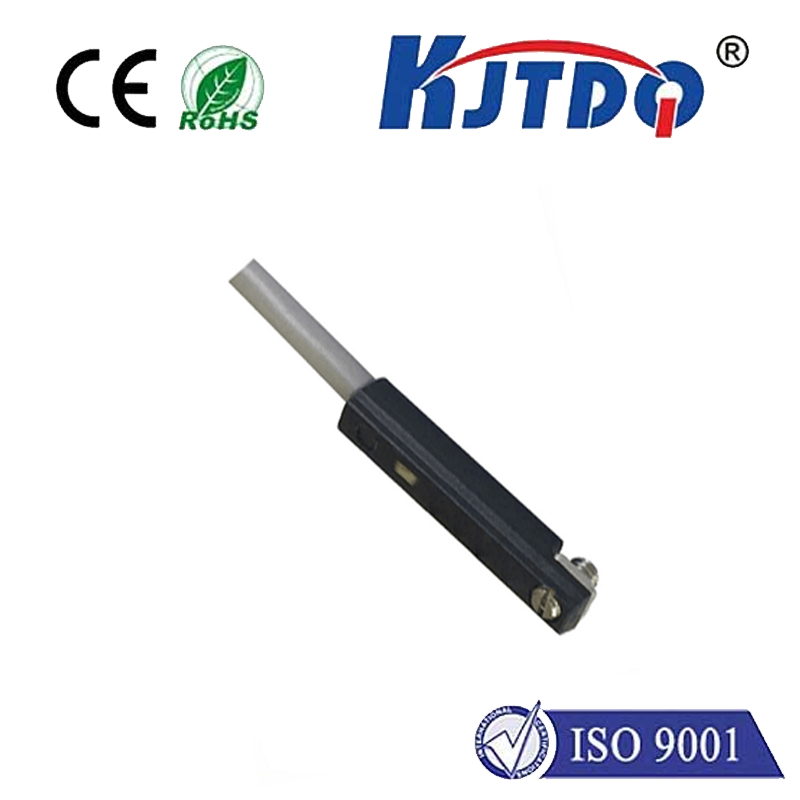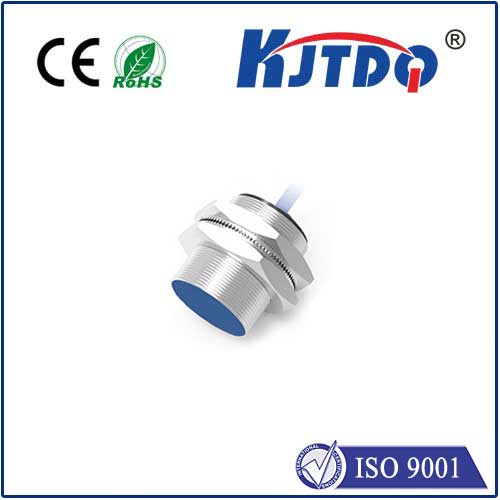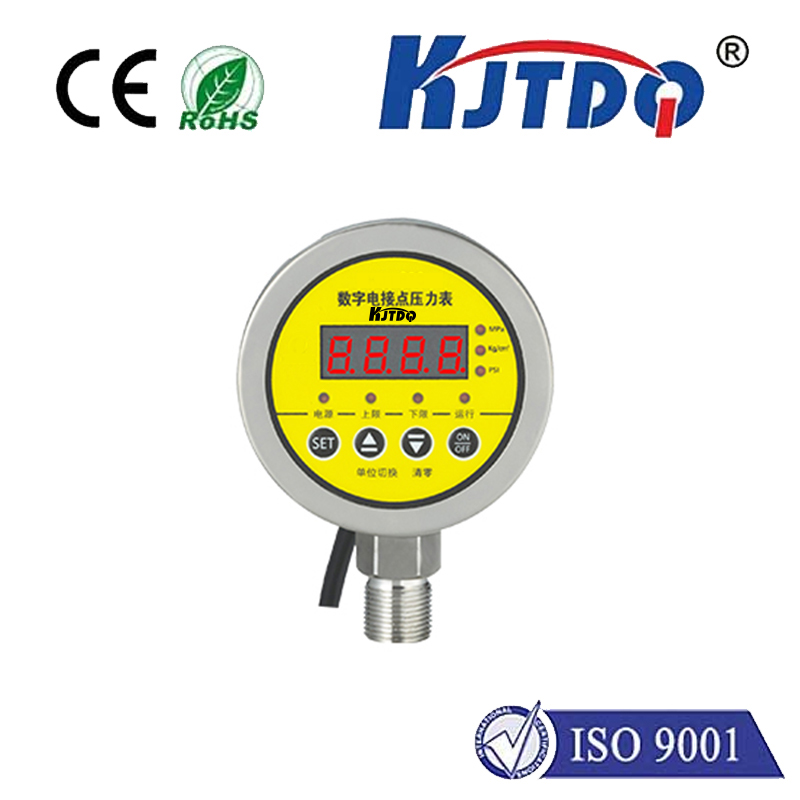

check

check

check

check

check

check

check

check

check

check

Title: Understanding the TPR22-PS-(XX) Belt Position Switch In the world of industrial automation, switches play a crucial role in ensuring the efficient and safe operation of machinery and equipment. One such switch that has gained popularity in recent years is the TPR22-PS-(XX) Belt Position Switch. In this article, we will explore what this switch is, how it works, and its applications in the industrial sector. What is the TPR22-PS-(XX) Belt Position Switch? The TPR22-PS-(XX) Belt Position Switch is a compact and versatile switch designed to detect the position of a conveyor belt. It is a mechanical switch that uses a cam-operated lever to sense the presence or absence of a belt. The switch is available in various configurations, including single pole double throw (SPDT), double pole double throw (DPDT), and latching relay types. How does the TPR22-PS-(XX) Belt Position Switch work? The TPR22-PS-(XX) Belt Position Switch operates on a simple principle. When the conveyor belt is present, the cam-operated lever is pushed down, causing the switch to close. This action completes an electrical circuit, allowing current to flow through the switch and triggering an alarm or activating another device. When the conveyor belt is not present, the lever springs back to its original position, opening the switch and breaking the electrical circuit. Applications of the TPR22-PS-(XX) Belt Position Switch The TPR22-PS-(XX) Belt Position Switch has several applications in the industrial sector. Some of its most common uses include:
